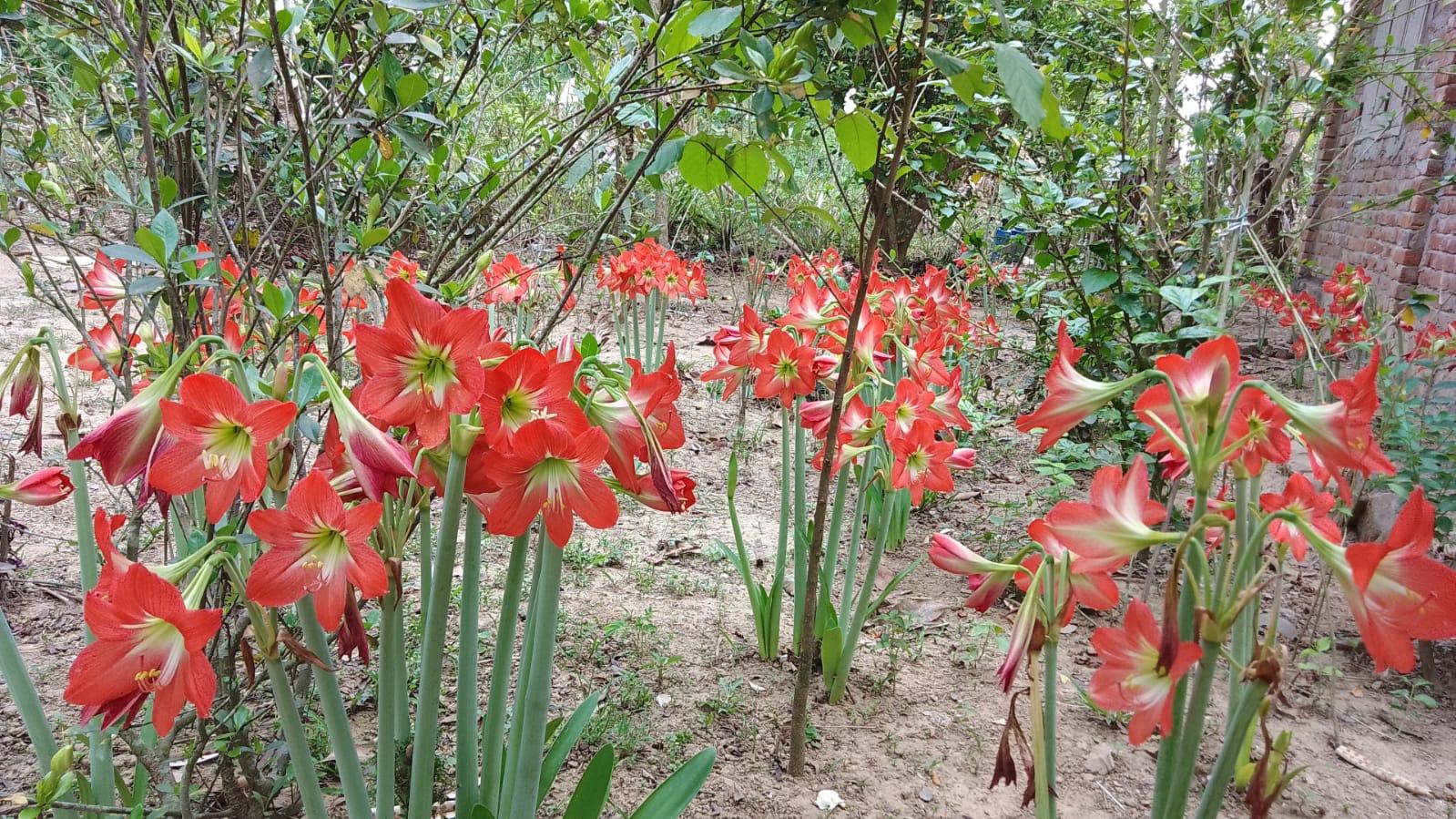Introduction
Lilies have long held a cherished place in gardens, myths, and hearts across the globe. With their graceful petals, intoxicating fragrance, and rich symbolism, lilies are more than just flowers — they are living poetry. Whether blooming in the wild or standing tall in elegant bouquets, lilies enchant everyone who beholds them.
---
What is a Lily?
Botanically, lilies belong to the genus Lilium in the Liliaceae family. These perennial flowering plants grow from bulbs and are native to the temperate zones of the Northern Hemisphere, particularly Asia, Europe, and North America.
A true lily features:
Six distinct petal-like tepals (often curved or recurved)
A tall central stem
Lance-shaped leaves
Colors ranging from white and pink to orange and red
---
Popular Types of Lilies
1. Oriental Lilies
Large, deeply fragrant blooms
Popular varieties: Stargazer, Casa Blanca
Bloom in mid-to-late summer
2. Asiatic Lilies
Early bloomers with vivid colors
Less fragrance but great for borders and containers
Easy to grow
3. Tiger Lilies (Lilium lancifolium)
Orange petals with black spots
Symbol of wealth and pride in some cultures
Tough and reliable
4. Trumpet Lilies
Shaped like trumpets, exuding strong perfume
Can grow up to 6 feet tall
Each variety offers its own charm and purpose — from visual drama to heavenly scent.
---
Symbolism and Cultural Meaning
Lilies have been symbols of purity, rebirth, motherhood, and even royalty throughout history.
White Lilies: Purity and innocence
Pink Lilies: Prosperity and admiration
Orange Lilies: Passion and pride
Red Lilies: Love and desire
In Greek mythology, lilies are believed to have sprouted from the milk of Hera, the queen of the gods. In Christianity, the Madonna Lily represents the Virgin Mary, making it a staple in religious artwork.
---
Growing and Caring for Lilies
Sunlight:
Full sun to partial shade (at least 6 hours/day)
Soil:
Well-drained, slightly acidic to neutral soil
Enrich with compost or organic matter
Watering:
Water when the top inch of soil feels dry
Avoid waterlogging, which can rot bulbs
Planting Tips:
Plant bulbs in early spring or fall
Space them 12–18 inches apart
Mulch to retain moisture and prevent weeds
Maintenance:
Stake tall varieties to prevent falling
Deadhead faded blooms to encourage more flowers
Divide and replant every few years
---
Fun Facts About Lilies
Toxic to Cats: Even a small amount can cause kidney failure
Used in Perfumes: Especially Oriental varieties
Medicinal Uses: Some species used in traditional remedies
Long-Lasting Cut Flowers: Great for home decoration and gifts
---
Conclusion
Lilies are not just another flower — they are symbols of elegance, history, and hope. Whether you grow them in your garden or admire them in art and rituals, lilies bring a touch of timeless beauty to every space they grace.
So next time you see a lily blooming under the sun or shining in a bouquet, take a moment to appreciate the story it carries — one of nature’s finest masterpieces.
